Aizuri-e means “blue picture”. The term is used for Japanese woodblock prints entirely in blue or where blue is dominating.
When there is another colour in an aizuri-e in addition to blue, it is often red, as in the picture by Hiroshige II below.
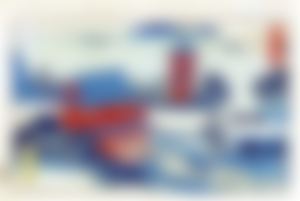
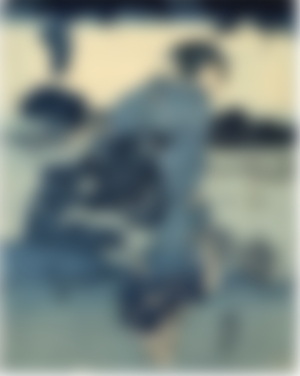
In the beginning, prints relied on traditional Japanese pigments, such as vermilion, indigo, or red lead – but in the 18th and 19th centuries, synthetic pigments were gradually introduced. One can find the use of synthetic arsenic sulphides, eosine, methyl violet, and – not at least – Prussian blue [bero ai], which radically changed the use of blue.
Prussian blue, sometimes considered the first synthetic colour, is relatively light-resistant, which is a valuable property. It is also acid-resistant. The raw material was originally potassium ferrocyanide and ferric chloride, and it was that pigment the Japanese ukiyo-e artists were given access to from the 1820's. Compared to the pigment they had until then, it gave a brighter blue colour and new possibilities for toning. It also gave better light resistance, which means that an old print's blue colour stays blue for long.
It is a problem in art, and was so even more in the past, that colour turns yellowish, fades, or in some other way undergoes chemical changes over time; the work of art completely changes or is partially destroyed. Sunlight (daylight), constitutes, together with oxygen, art's worst enemy in that respect, because the light is chemically active and affects the chemistry of both paper and colour pigments. The Prussian blue was discovered by Heinrich Diesbach in Berlin, Prussia, in 1704. It was available for European artists from at least 1724.
One of the Japanese artists, who frequently used Prussian blue, was Hokusai. Although the time has not passed unnoticed, the colours have indeed "aged" slightly, we can see two examples below: A Morning after Snowfall at Koishikawa in Edo and Lake Suwa in Shinano Province, both taken from the series 36 views of Mount Fuji (1830-1832).
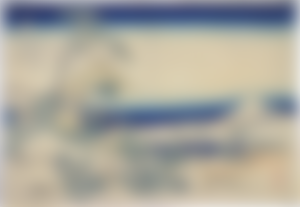
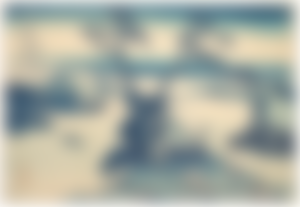
Finally I'll show you two woodblock prints that are indisputably aizuri-e, yet on the borderline of being ukiyo-e. The artist, Kobayashi Kiyochika (1847-1915), was active after the Meiji-Restoration, that is, after the Edo Period - in a time when ukiyo-e rapidly declined. Kiyochika has one foot in a new style. The Japan he depicts is not the Japan of the Edo Period.

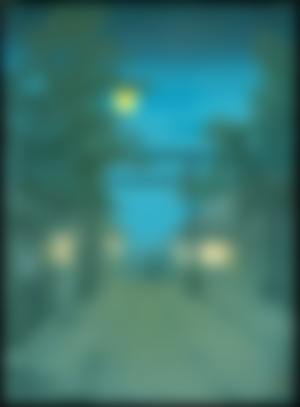
Copyright © 2020 Meleonymica/Mictorrani. All Rights Reserved.
You find all my articles on Japanese Art & Culture here.
Interested in Japanese culture? Join my community Japanese Art & Cultural History (7c1f).
You find all my writings on Read.Cash, sorted by topic, here.



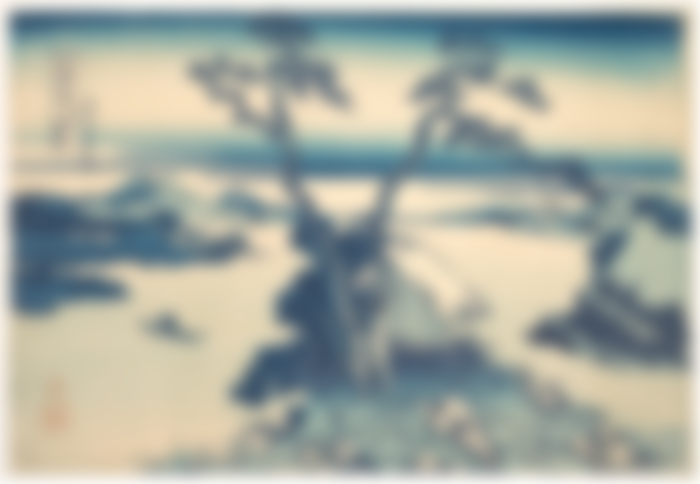

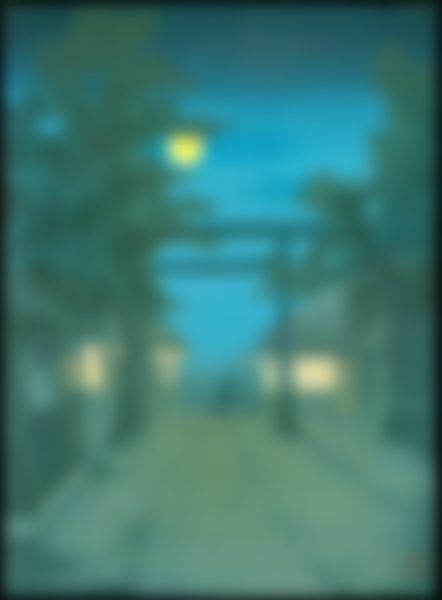
Aizuri in japanese means blue? it sounds like the italian word Azzurri with the same meaning. Great article like always.